Mughal Architecture along the GT Road
Mosques
The Mughals’ Islamic background led to an era which saw the routine construction of mosques throughout the subcontinent. Mosques from this period still survive, protruding above the road’s flat landscape along the Mughal’s Agra-Lahore highway. From Shah Jahan’s sprawling Jama Masjid in Delhi to the ruins of Rajataal’s Mosque on the Indian side of the Indo-Pak border in Punjab, the Mughal’s devotion to their faith is still incredibly apparent. Islam first rose to prominence in northern India following the establishment of the Delhi sultanate in the 12th century, and the subcontinent would see its rulers construct the earliest Indo-Islamic mosques.

Slides 1-3: Atala Masjid, built in Jaunpur, Uttar Pradesh, by Firuz Khan in 1408 using ruins from destroyed Hindu temples.
Slides 4 and 5: Quwwat ul-Islam Mosque(1205 C.E.) in Delhi

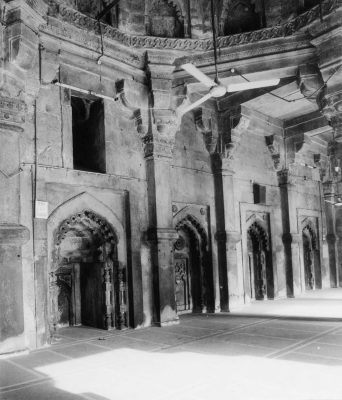
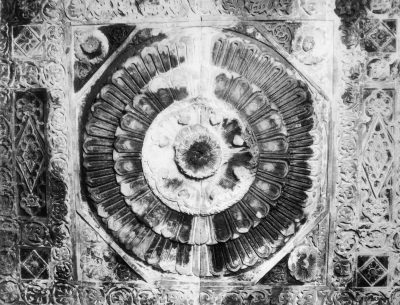


The appearance of early Indo-Islamic mosques developed from the cultural mixture of local materials being used with Persian traditions brought by craftsmen from the Seljuk Empire, forming an architectural style that had strong parallels with the background of the new Islamic rulers of India. The grey rock and red sandstone from destroyed Hindu and Jain temples provided the medium by which the Sultanate’s rulers constructed their new houses of worship. The style of these early mosques is primarily quadrangular, centered around central courtyards with corbell arch-supported prayer halls that bind the structures’s circumference. Early Indo-Islamic motif design would similarly emerge, as Indian artisans began adding rich floral elements to Islamic architecture’s calligraphic and geometric ornamentation. These mosques, like those during the Mughal era, would often feature the main prayer nave at the Mecca-facing west side of the wall that contained a niche called a qibla.
Indo-Islamic architecture evolved rapidly during its golden age under the best centuries of the Mughal dynasty. Ornamentation and construction became increasingly complex: the square layout and corbell arches of early prayer halls gave way to octagonal floorplan-based sepulchers within a larger square Iwan structure similar to that of a Caravanserai. Building material quickly became more opulent, as the use of white marble would exemplify an architectural shift and an increasingly rich empire. The arrival of structurally sound pointed arches further paved the way for massive bays and the iconic double-walled onion dome, which on particularly auspicious mosques like Delhi’s Jama Masjid or Fatehpur Sikri’s Great Mosque(Jami Masjid) were arranged in a line of three. The square layout of earlier mosques would still be extensively utilized, creating symmetrical prayer halls supported by columns and arched bays in a grid or single-aisled format.


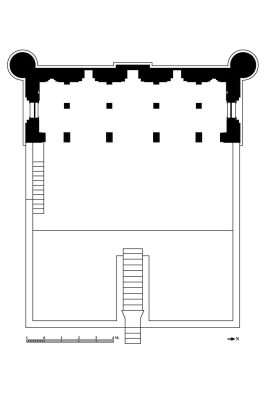

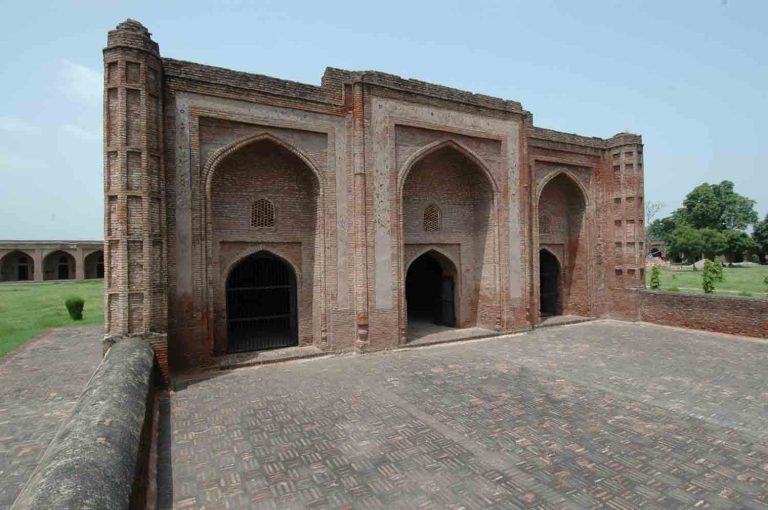
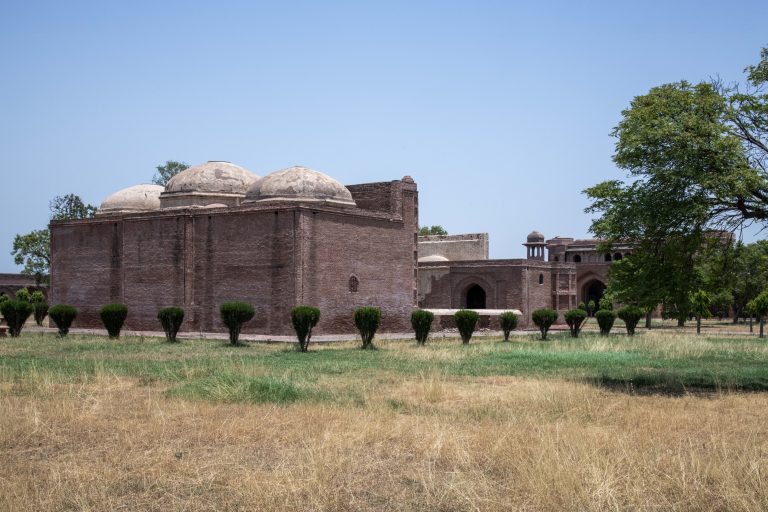
A common feature of Mughal-built caravansarais, Mosques played a key role in Sarais’s day-to-day functioning. Mosques found in sarais lie generally lie near the center of the courtyard, often connected to the Sarai’s bath house (hammam), and were each staffed with a priest (imam) who would lead the call to prayer. The ruins of mosques on the modern Agra-Lahore road can be experienced firsthand at Rajataal, Sarai Amant Khan, Sarai Azamabad, Sarai Nakodar, Sultanpur Lodhi, and most importantly at Barbur’s Kabuli Bagh in Panipat, Haryana, at the site of the battle where he defeated the Lodhi dynasty. Kabuli Bagh’s design was to be as distinctly Timurid as possible, with large domes and vaults based on those seen in Samarkand, to display his power over his newly conquered empire.
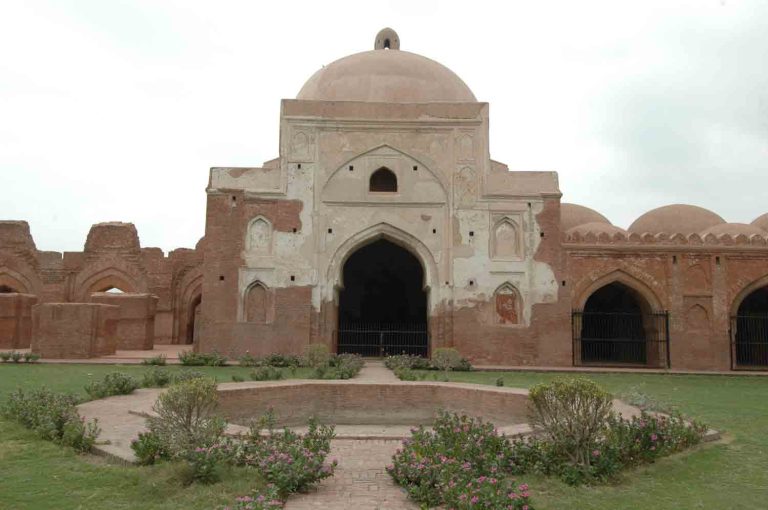
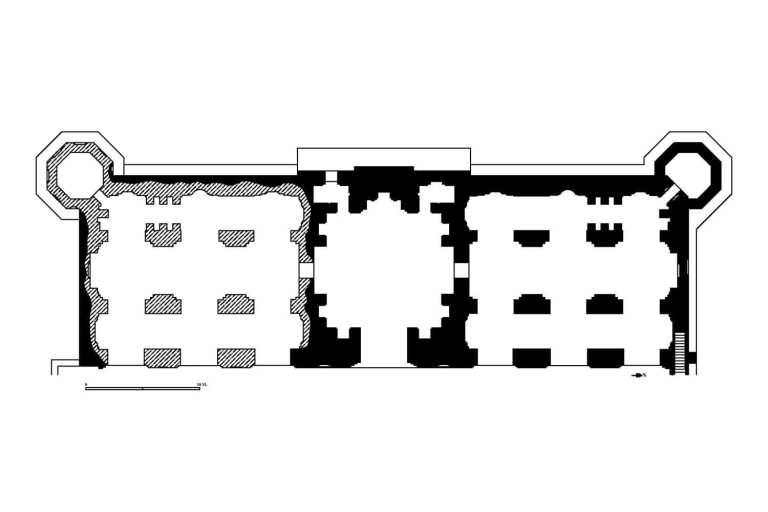
Bibliography
Asher, Catherine B., and Cynthia Talbot. 2006. India Before Europe. Cambridge: Cambridge University Press.
Dar, S. R. 2000. “Caravansarais Along the Grand Trunk Road in Pakistan.” In The Silk Roads: Highways of Culture and Commerce, 158-178. Paris: UNESCO Publishing/Berghahn Books.
Mishra, Akhaya Kumar. 2017. “Development of Art and Architecture in Sultanate Period with Special Reference to Slave and Khali Dynasty.” International Journal of Scientific Research and Management (IJSRM) 5, no. 06: 5538-5545.